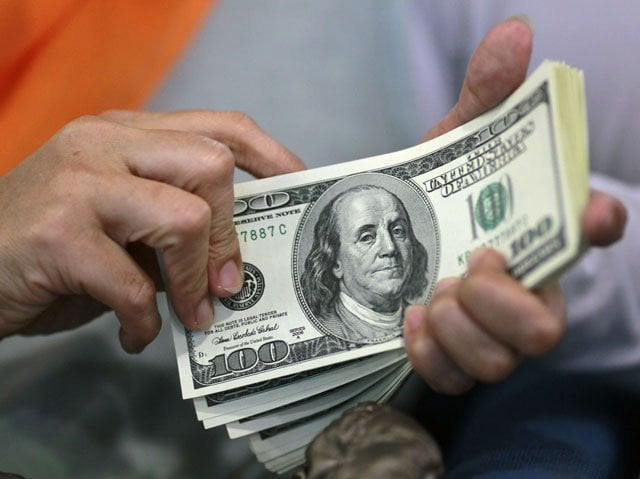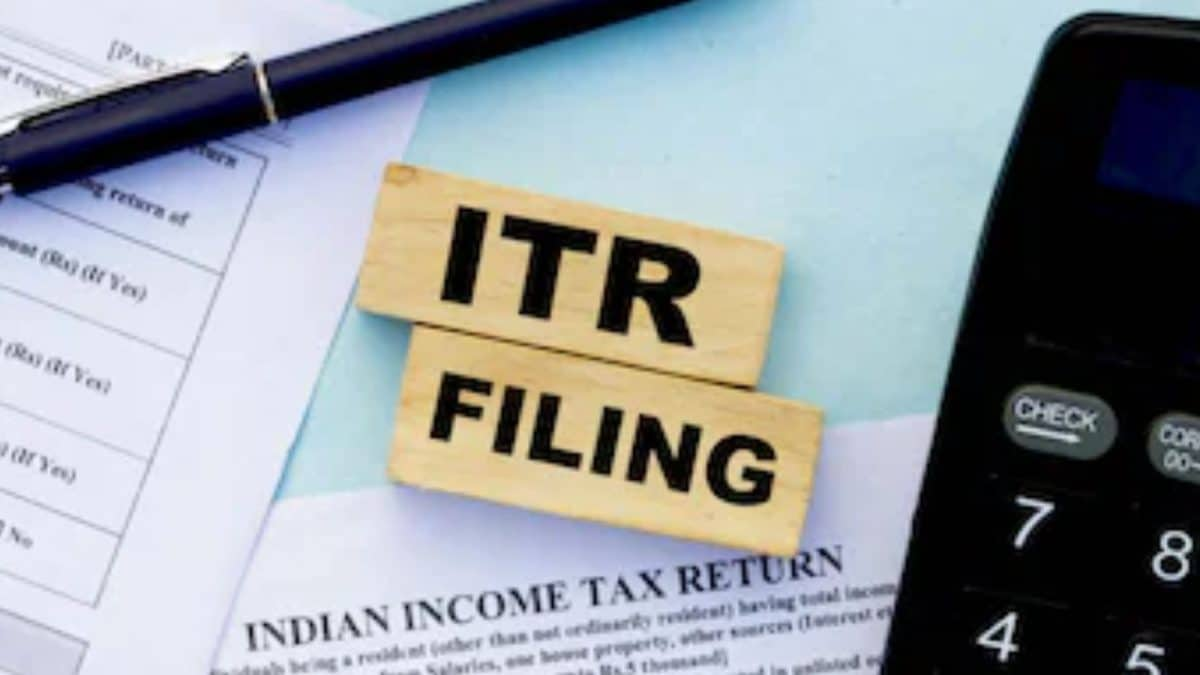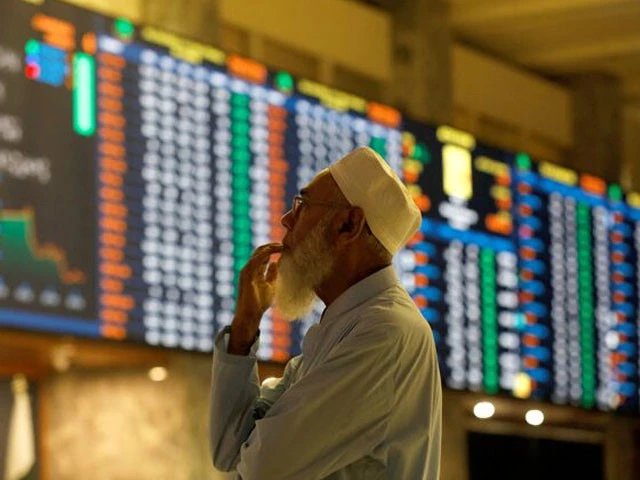Business
Funding railways, dams from overseas Pakistanis | The Express Tribune

KARACHI:
The catastrophic floods in Pakistan have left a trail of devastation across our economy, society, and environment. More than 1,700 lives were lost in 2022, with 33 million citizens affected, 2.1 million displaced, and 10% of the country submerged.
Agriculture – the backbone of our exports – was crippled, with farmland, homes, and infrastructure worth up to $40 billion destroyed. Once again in 2025, Punjab’s breadbasket is underwater: over 2,000 villages and thousands of farms submerged, disrupting wheat and cotton output and endangering food security. These recurring tragedies underscore the fragility of our economy in the face of climate change and lack of infrastructure.
No dams, no railways, no growth
Pakistan’s grievance is valid – we contribute less than 0.5% of global CO2 emissions, yet we bear disproportionate climate costs. But blaming the external environment is not enough. Weak urban planning, illegal encroachments, lack of water reservoirs, and ineffective early-warning systems amplified the destruction. We cannot afford to remain reactive; prevention and resilience must become national priorities.
Another equally paralysing challenge has been the decade-long delay in financing Pakistan’s mainline railway from Karachi to Peshawar. In 2013, the then PML-N leadership promised a bullet train. Ambitious, yes – but unrealistic. A 160 km/h modern rail network may lack the glamour of bullet trains, yet it would transform passenger and freight movement, cut travel time, and integrate our economy. The tragedy is not the lack of vision, but the absence of financing to turn the second-best into reality.
Financing the missing link
What is common between flood rehabilitation and railway modernisation – financing. Both are big-ticket projects costing $4-10 billion over five to seven years, requiring more dollars than any IMF bailout can provide.
An IMF programme, after all, is not about dollars from Washington; it is about international endorsement – unlocking bilateral, multilateral, capital market, and friendly-nation financing. Yet, we have boxed ourselves into dependency, forever waiting for others to fund what is existentially important to us.
Your author has consistently argued for crowdfunding infrastructure through Shariah-compliant, dollar-denominated savings instruments. Pakistanis at home and abroad must be given the opportunity to invest directly in their nation’s future. These projects are asset-backed – rail lines, stations, land, bridges – which can be pledged to create Islamic structures attractive to retail savers, high-net-worth individuals, pension funds, and insurers alike. The Roshan Digital Account (RDA) platform is tailor-made for this mobilisation.
Overseas Pakistanis to pour in dollars
As of June 2025, a net $1.4 billion remains outstanding in Naya Pakistan Certificates after maturities. Why stop there? Launch a new instrument – Roshan Pakistan Assets (RPA) or Pakistan Resilience Fund (PRF) – with a 10-year maturity, offering 8.25% return in dollars.
Add non-financial incentives: airline miles, retail discounts, waived passport or NADRA fees, and recognition as eligible collateral for bank loans. Let every Pakistani saver feel that their dollar not only earns but also builds Pakistan.
Do not fear the repayment risk. Already, of the $11 billion gross raised through RDAs, nearly two-thirds has been invested locally, reducing outflow pressure. These funds circulate within Pakistan, for Pakistanis, and are reinvested in our own economy. The greater risk is complacency – rolling over bilateral loans and IMF tranches indefinitely. We must take ownership of our destiny, fund our own resilience, and demand recognition on the global stage not as borrowers, but as builders of our own tomorrow.
The writer is an independent economic analyst
Business
Income Tax Department cautions taxpayers against rise in fake emails, SMS scams – The Times of India

NEW DELHI: The Income Tax Department has issued a public advisory cautioning taxpayers, especially senior citizens, against fraudulent emails, SMS messages, and websites impersonating the Department to steal personal and financial information.In an official awareness message shared by the Income Tax Department, Government of India, on X, taxpayers have been urged to remain vigilant and verify the authenticity of all communications claiming to be from tax authorities.Fraudsters, the Department warned, are increasingly using fake sender IDs, misleading links and look-alike websites to trick individuals into revealing sensitive details such as PAN numbers, passwords and one-time passwords (OTPs).The Department has reiterated that taxpayers should access tax-related services only through the official portal https://www.incometax.gov.in.Any other website resembling the official domain–such as variations using “efiling” or altered spellings–should be treated as suspicious.“Think Twice, Act Wise,” the advisory reads, emphasising that the Income Tax Department never asks for OTPs, passwords or confidential personal information via email, SMS or phone calls. Taxpayers are advised to always check the sender’s email address and website domain carefully before clicking on any link.To strengthen public awareness, the Department has also encouraged citizens to report suspicious activity. Suspected phishing emails can be forwarded to webmanager@incometax.gov.in, with a copy marked to incident@cert-in.org.in, the national cyber incident response agency.For assistance, taxpayers may also contact the official helpdesk at 1800 103 0025 or 080 46122000.The campaign is part of the government’s broader effort to promote cyber hygiene and protect citizens from digital fraud, particularly vulnerable groups such as senior citizens. The Income Tax Department has urged people to share the message widely to safeguard family members and loved ones.“Think before you click–stay tax smart, stay safe,” the Income Tax Department advised, reinforcing that awareness and caution remain the strongest defences against online tax scams. (ANI)
Business
Refund Delay 2025: A Step-By-Step Guide To Check Income Tax Payout Status

Last Updated:
The income tax department is analysing certain refund claims flagged by the system, either because they were “high-value” or due to deductions that required deeper scrutiny.

Income Tax Refund Delay.
Even as the income tax department ups its ante against the fake deductions, a section of taxpayers are still awaiting their tax return for this year. The refund delay 2025 comes even as the department is scrutinising bogus tax claims “red-flagged” by the system. Ravi Agrawal, chairman of the Central Board of Direct Taxation (CBDT), has said that the refunds would be cleared in December.
In November, the CBDT chairman said the department was analysing certain refund claims flagged by the system, either because they were “high-value” or due to deductions that required deeper scrutiny. He added that taxpayers have been advised to “file a revised return” wherever discrepancies exist.
When are income tax refunds usually issued?
Refund processing begins only after an ITR is successfully e-verified. Once that is done, the income tax department generally credits the refund within four to five weeks, as per the department’s guidelines.
This timeline is followed in most cases. When delays occur, they typically stem from common issues such as:
• An unvalidated bank account (mandatory for receiving refunds)
• An incorrect or inactive IFSC code
• A mismatch between the taxpayer’s name and the PAN details
• A discrepancy between the ITR and data in Form 26AS or the AIS
Missing an email or notification seeking clarification can also pause processing entirely.
How to check your income tax refund status
The refund status can be tracked anytime through the income tax portal. Here’s the step-by-step process:
Visit the portal at: eportal.incometax.gov.in/iec/foservices/.
Go to the e-Filing homepage.
Log in using your user ID and password.
Navigate to: e-File → Income Tax Returns → View Filed Returns
Select the relevant assessment year and click View Details.
This page will show whether your refund has been issued, is under review, or is pending due to additional information required.
Why are ITR refunds delayed in 2025?
Most delays arise from banking or identity-related discrepancies — wrong bank account numbers, invalid IFSC codes, unvalidated accounts, or PAN-Aadhaar linkage issues.
Refunds are also held back when deductions appear inaccurate or require supporting documentation. In such cases, the system routes the return for additional checks.
Mismatches between Form 16, Form 26AS and the AIS are another common trigger. Returns pulled into manual verification naturally take longer to process.
For a majority of taxpayers, refunds arrive within the usual four-five weeks. For others, the processing time depends on how quickly verification, bank detail correction, or responses to notices are completed. Ensuring that all records match and regularly checking the portal remain the easiest ways to avoid further delay.
December 13, 2025, 15:46 IST
Read More
Business
Home loan EMIs to get cheaper? SBI passes on RBI’s 25 bps repo rate cut benefits; check the new rates – The Times of India

After the Reserve Bank of India (RBI) reduced the repo rate by 25 basis points last week, several major banks have moved to pass on the benefit to borrowers. Latest addition to the wave is the State Bank of India (SBI), which announced cuts across its lending rate benchmarks, in a move aimed at easing borrowing costs and lowering EMIs for both retail and corporate customers.The public sector entity slashed the MCLR, EBLR and RLLR rates and revised the BPLR and base rates, according to ET.Herre are the new rates:
MCLR rates revised across tenors
SBI has cut its Marginal Cost of Funds-based Lending Rate (MCLR) across these tenors:Short-span
- Overnight and one-month MCLR: Reduced from 7.90% to 7.85% each.
- Three-month MCLR: Cut from 8.30% to 8.25%
- Six-month MCLR: Now at 8.60%, down from 8.65%
Long-term
- One-year MCLR: Lowered from 8.75% to 8.70% (widely used for retail loans)
- Two-year MCLR: Reduced from 8.80% to 8.75%, according to ET.
- Three-year MCLR: Now 8.80%, down from 8.85%
Effective 15 December this year, SBI also revised its External Benchmark Lending Rate (EBLR) and Repo Linked Lending Rate (RLLR):EBLR ratesDown from 8.15% + Credit Risk Premium (CRP) + Bank Spread (BSP) to 7.90% + CRP + BSP, reducing the benchmark by 25 basis points. The final interest rate payable will depend on the borrower’s CRP and the bank’s BSP.RLLR ratesFrom 7.75% + CRP, the figure came to 7.50% + CRP, reflecting a 25-basis point cut. Borrowers with EBLR- and RLLR-linked loans will see a decline in interest rates and EMIs based on their loan conditions and risk category, ET reported.BPLR ratesSBI has also revised its Benchmark Prime Lending Rate (BPLR) to 14.65% per annum.Base rate adjustmentsThe bank also cut it base rate to 9.90%, effective from 15 December 2025.
-

 Politics5 days ago
Politics5 days agoThailand launches air strikes against Cambodian military: army
-

 Sports1 week ago
Sports1 week agoAustralia take control of second Ashes Test | The Express Tribune
-

 Politics7 days ago
Politics7 days ago17 found dead in migrant vessel off Crete: coastguard
-

 Fashion5 days ago
Fashion5 days agoGermany’s LuxExperience appoints Francis Belin as new CEO of Mytheresa
-

 Tech1 week ago
Tech1 week agoWIRED Roundup: DOGE Isn’t Dead, Facebook Dating Is Real, and Amazon’s AI Ambitions
-

 Politics5 days ago
Politics5 days agoZelenskiy says Ukraine’s peace talks with US constructive but not easy
-

 Politics1 week ago
Politics1 week agoIndia and Russia set for major trade discussions today
-

 Tech1 week ago
Tech1 week agoMIT researchers “speak objects into existence” using AI and robotics











